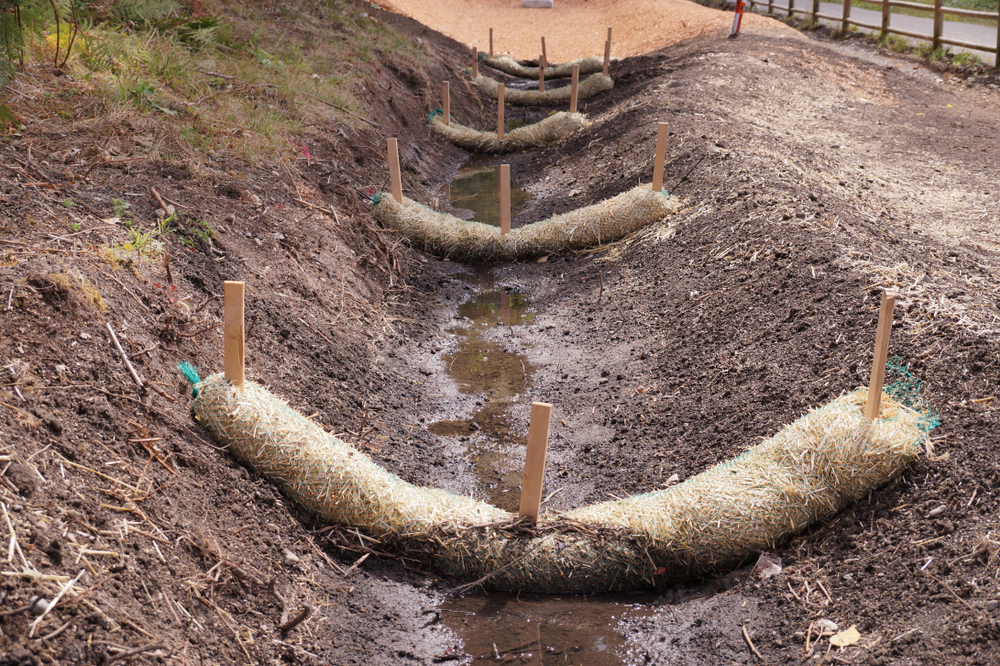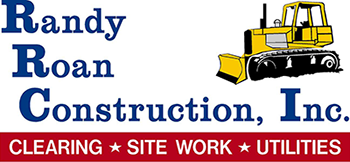
Summer storms in Montgomery, TX, can be sudden, intense, and incredibly damaging to construction sites. With the rapid growth of residential and commercial projects in the region, it’s more critical than ever to implement robust stormwater management and erosion control practices. Construction site managers and contractors must understand the unique challenges of managing stormwater and maintaining proper drainage in the Texas summer climate. Without proper measures, projects face risks ranging from costly delays to dangerous structural failures. Let’s explore how to protect your Montgomery, Texas construction site from water damage during the summer storm season.
The Impact of Summer Storms in Montgomery, TX
Montgomery, Texas, experiences significant rainfall during summer, often accompanied by high winds and flash flooding. These conditions can easily overwhelm construction drainage systems if they are not designed for intense weather. Heavy rainfall leads to water accumulation, which compromises soil stability, damages construction materials, and disrupts work schedules. Inadequate site water management can also result in sediment runoff, harming nearby properties and violating environmental regulations. The combination of rapid urban development and unpredictable summer weather makes stormwater management in Montgomery, TX a top priority for responsible builders and developers.
Additionally, Texas soils, especially in Montgomery, vary widely in composition. Some soils have a high clay content, becoming waterlogged quickly and taking a long time to drain. This soil behavior, combined with intense rain events, creates conditions ripe for erosion, ponding, and even foundation damage. These challenges highlight the critical role of proactive erosion control measures and proper site grading. As local construction projects expand to meet population growth, maintaining a clear understanding of regional climate and soil conditions is essential for protecting projects from summer storm impacts.
Best Practices for Stormwater Management in Construction
Implementing a comprehensive stormwater management plan is the foundation of protecting your construction site during the rainy summer months. In Montgomery, TX, effective stormwater management begins with site planning. This involves analyzing the topography, identifying potential water flow paths, and designing temporary or permanent drainage systems to divert stormwater away from vulnerable areas. Installing swales, berms, and check dams can help channel water and slow its flow, reducing erosion and preventing flooding on site.
A critical step is using silt fences, sediment traps, and other erosion control devices to keep soil on-site and prevent sediment-laden runoff from entering waterways. These tools not only safeguard the environment but also ensure compliance with Texas Commission on Environmental Quality (TCEQ) regulations. Regular inspections are vital, especially before and after heavy rain events, to identify potential failures in stormwater controls and repair them quickly. Incorporating vegetation cover, such as temporary seeding or hydro-mulching, can also stabilize exposed soils, providing additional erosion control benefits.
Construction site water management in Montgomery, Texas, summer conditions should also include storage and reuse strategies. Detention ponds or temporary basins can capture and store stormwater, reducing the risk of downstream flooding while providing water for dust suppression or other site uses. These sustainable practices help minimize water waste while strengthening your site’s resilience.
Erosion Control Strategies for Montgomery Construction Sites
Erosion control methods for Montgomery construction sites must account for the heavy summer downpours common in Texas. Stabilizing the soil is one of the most effective strategies. Using mulch blankets, erosion control mats, or soil binders helps hold the soil in place, protecting against the scouring effects of rapid water flow. In areas with significant slopes, terracing or installing retaining walls can reduce the speed of runoff and decrease erosion risk.
Proper construction drainage is another vital element. Installing French drains, rock-lined channels, and pipe culverts helps move water efficiently away from the site, preventing standing water from destabilizing the soil. Regular maintenance of these drainage systems is crucial, as debris and sediment buildup can quickly block water flow, creating ponding issues and increasing erosion risks.
Construction projects in Montgomery should also include training for site crews on erosion control practices. Ensuring workers know how to properly install, inspect, and maintain silt fences, sediment barriers, and other controls can make the difference between a resilient site and a flooded, damaged one. Investing in erosion control education helps protect your bottom line and preserves the reputation of your construction business in the community.
Integrating Construction Drainage Solutions for Long-Term Protection
For construction sites in Montgomery, TX, long-term stormwater management and construction drainage strategies are essential for resilience. During the planning phase, engineers should consider how the permanent site design will handle not only current but future rainfall patterns, which are likely to intensify with climate change. Designing permanent drainage infrastructure, including storm sewers, retention basins, and permeable pavement systems, reduces water accumulation risks during construction and beyond.
Temporary drainage measures during active construction, such as gravel entry pads and perimeter dikes, help divert water and keep muddy runoff from leaving the site. These temporary measures should be integrated with permanent drainage features to ensure a smooth transition once construction is complete. Working with local Montgomery, TX, stormwater experts can help you tailor solutions to site-specific conditions, balancing costs, regulatory compliance, and environmental protection.
Technology also offers new opportunities for improving construction site water management. Weather forecasting tools can help predict heavy rainfall, allowing contractors to proactively adjust schedules or reinforce erosion control features. Smart sensors installed in drainage systems can monitor water levels in real-time, providing alerts before flooding occurs. These innovations, combined with tried-and-true drainage strategies, can build robust protection against summer storms.
Building a Resilient Future for Montgomery Construction Projects
As Montgomery, Texas continues to grow, the demand for well-managed, storm-resilient construction projects will only increase. Builders who invest in strong stormwater management, erosion control, and drainage solutions position themselves for long-term success. They protect not only their current projects but also their future reputation and the surrounding environment. These practices support sustainable growth in the region, allowing new development to coexist safely with the natural forces of summer storms.
Ultimately, protecting your Montgomery, TX construction site from water damage is about more than checking boxes on a permit application. It is a commitment to quality, safety, and community well-being. By prioritizing construction site water management, erosion control methods tailored for Montgomery’s climate, and future-focused drainage systems, you can weather the challenges of summer storms with confidence. Investing in these strategies today ensures your projects stay on track, your clients remain satisfied, and your team stays safe throughout even the most unpredictable Texas summer weather.
Need Construction Preparation & Services in Montgomery, TX?
At Randy Roan Construction Inc., we work hard to ensure our quality work is done in a timely manner. We provide services such as land clearings, site utilities, and asphalt paving along with many other services. We guarantee your customer satisfaction with our work here at Randy Roan Construction Inc. So give us a call today!

